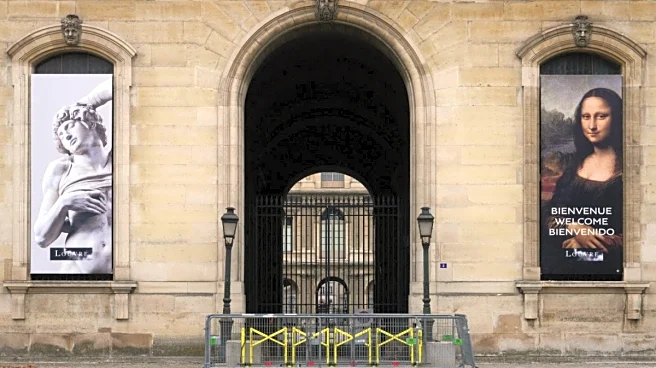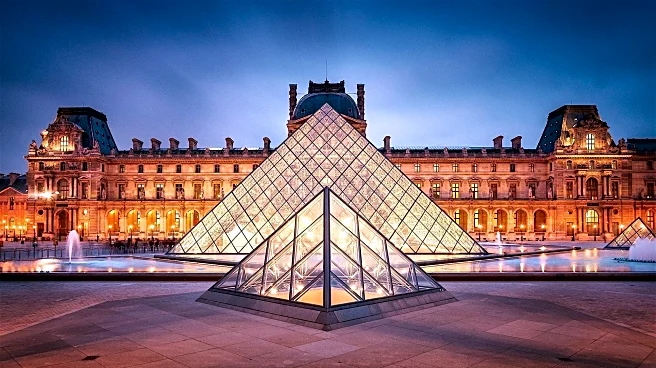According to French Interior Minister Laurent Nuñez, the robbery was carried out by a small group of highly organised criminals. “Clearly, a team had been scouting the location. It was obviously a very experienced team that acted very, very quickly," he told France Inter radio.
The suspects reportedly entered the Louvre at around 9:30 a.m. local time, using a truck-mounted freight lift to access a window. Using an angle grinder, they forced their way into the Apollo Room and completed the theft in just seven minutes. They then escaped on motorbikes.
While the incident shocked many, this isn’t the first time the Louvre has been the target of high-profile thefts. The museum’s long and prestigious history has been marked by several daring heists:
1911 Theft Of The Mona Lisa
Perhaps the most famous museum theft in history, the Mona Lisa was stolen on 21 August 1911 by Vincenzo Peruggia, an Italian handyman. Dressed as a museum worker, he hid inside the Louvre overnight and left the next morning with the painting hidden under his coat. It was found more than two years later in Italy, in 1913..
1971 Theft of Courbet’s The Wave
In 1971, Gustave Courbet’s painting The Wave was stolen from the Louvre. The details of the theft remain a mystery to this day, and the painting has never been recovered.
Disappearance of Chardin’s Still Life
Another mystery involves Still Life with Attributes of the Arts by Jean-Baptiste-Siméon Chardin. The painting went missing from the museum, though the exact timeline and circumstances around its disappearance remain uncertain.
1983 Attempted Theft And Armour Robbery
In 1983, there were two separate incidents. One was an attempted theft that was quickly foiled by museum security. The second involved the successful theft of several pieces of historic armour. While some items were later recovered, the event prompted calls for improved protection of the museum’s collections.
/images/ppid_59c68470-image-176093507448158650.webp)



/images/ppid_59c68470-image-17608701114022602.webp)
/images/ppid_59c68470-image-176087256695346583.webp)





/images/ppid_a911dc6a-image-176069959189590430.webp)


